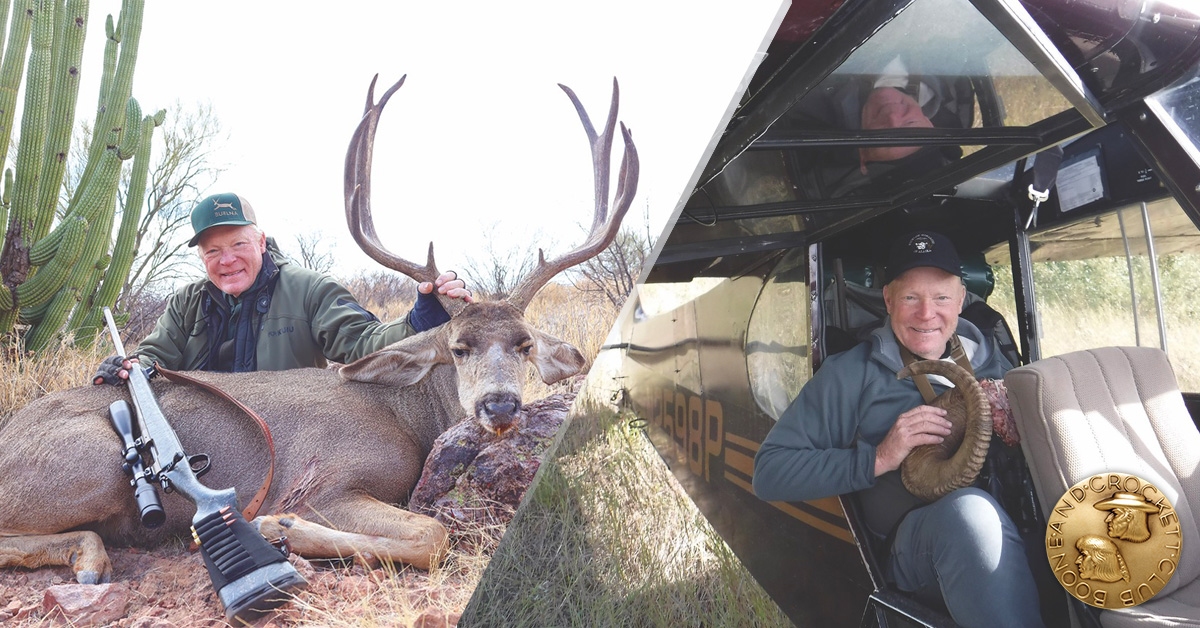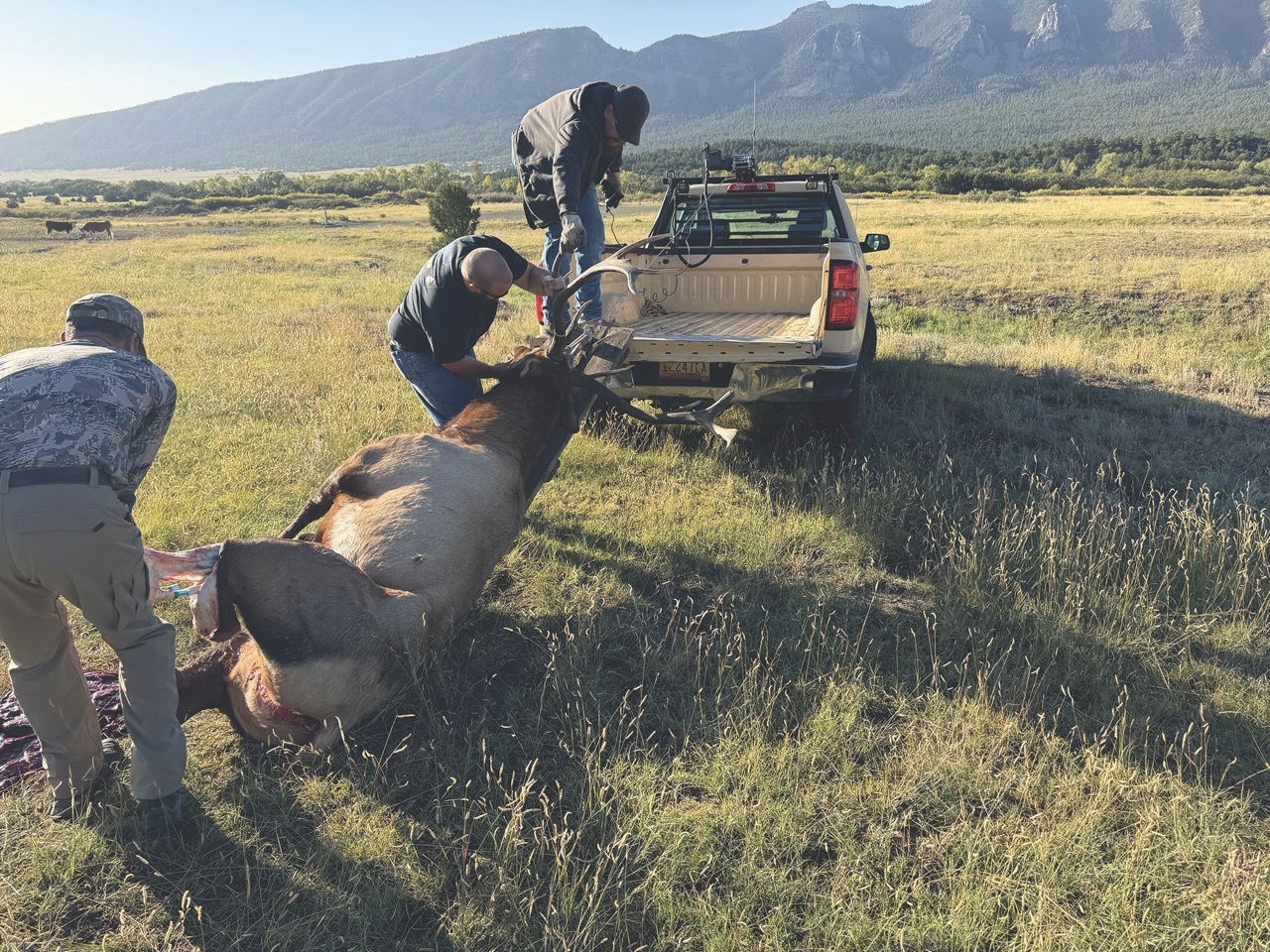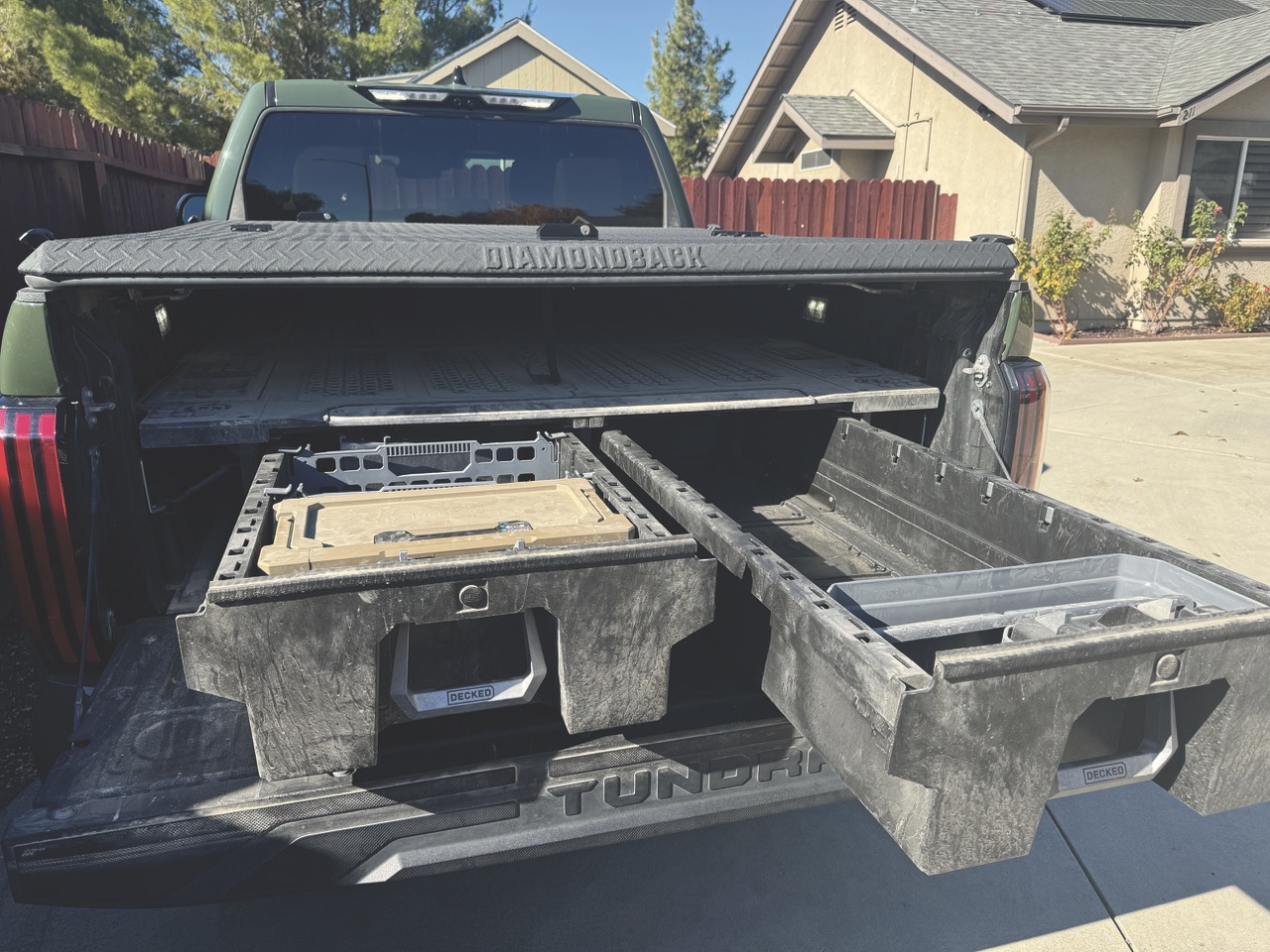Conservation
Where Hunting Happens, Conservation Happens™
Fly or Drive?
Traveling Hunter
By Craig Boddington, B&C Professional MemberArticle from Spring 2025 issue of Fair Chase
After a lifetime of terminals, ticket agents, and late (or missed) flights, I love to drive to hunts when I can. With no baggage restrictions, I can take everything I might need. I can take my own saddle or even tow a four-wheeler. Driving is also the best way to bring game home. Pack your gear in empty coolers on the way there—just make enough room to bring everything home when (not if) you’re successful.
In the Lower 48, we have choices, big country, and an awesome road network. Alaska, Canada, and Mexico are also big, but the roads are not always good. If you head overseas, you’re going to fly. As you get closer to your destination, planes will likely get smaller, reducing the gear you can take. I once took a train from Vancouver to the Chilcotin in central British Columbia. Rules for travel with firearms have changed, but Amtrak accepts firearms in checked baggage, terminal to terminal, with advance notification.
Plane fares have increased frighteningly, but so have fuel, lodging, food, and everything else along the road. Flights to major airports are less expensive than flights to smaller terminals, likely closer to hunting country. Plan ahead and explore your options. I don’t pretend to understand it, but airfares can vary significantly from day to day. A bit of flexibility can make a big difference.
In some ways, flying with firearms is easier than driving. Once you get past check-in, security issues are somebody else’s worry. Decades ago, there were reports of gun cases “going missing” at certain U.S. airports. Bags, including gun cases, do get misdirected, and there is the occasional incidence of willful damage by anti-gun baggage smashers. Fortunately, since 9-11, this is rare. Thanks to increased security and accountability, I don’t worry about my guns getting “lost” once properly checked and locked.
When you drive, you are responsible for ensuring all security and adherence to firearms regulations. For the latter, I won’t attempt to quote the litany of conflicting state and city ordinances. I have a Kansas concealed carry permit, and I know I’m legal in all surrounding states and most of the West. I also know that when I drive to/from our place in California, firearms have to be locked out of reach, and many firearms are not “California compliant.” To the east, Illinois is the closest place that might cause issues. I haven’t driven through with a firearm since I was a kid. If I need to, I’ll check the rules. The same goes for the big cities and smaller states in the Northeast.
Driving with Firearms
Security when driving is my biggest concern. A friend was driving from the West Coast to a western hunt a few years ago. She stopped overnight, and her truck was cleaned out, including some nice guns. My buddy, Mike, recently called me with a worse horror story. He and some friends were headed from Portland to a hunt in central Montana. His buddies drove; Mike took the train. His friends stopped at a motel and started to unload the truck. While they were making trips to unload, someone grabbed Mike’s M48 Nosler rifle and a handgun—right under their noses. Stops to rest are essential, but recognize that safety is not assured. Keep firearms out of sight and always lock the car—even for quick pit stops. Never leave firearms in a vehicle parked overnight.
The biggest fly in the ointment is the sheer size of Mexico, and destinations in the interior see few tourists with firearms.
I’m always schlepping guns from California to the kid’s place in Texas and the Kansas farm. To take a quick snooze, I stop in state rest areas that have surveillance cameras. There is safety in numbers. I snuggle in, legal pistol handy, sleep as needed, and press on.
Usually, I drive alone, so my system works for me. It is easier, safer, and more secure for hunting partners to drive as a team. Whatever you do, don’t leave a vehicle with firearms unattended and unlocked, even for a moment. Since “smash and grab” is always an option, I also make sure firearms are covered and out of sight.
I got a new Tundra this year, which, like most newer pickups, has a locking tailgate. I put slide-out bins in the bed long enough for soft cases, with a locking bed cover. It is unlikely to deter a determined thief with time and a crowbar, so I still don’t leave the vehicle unattended, but this system offers the most peace of mind I’ve had in years.
I worry about breaking down or getting into an accident, so I carry roadside assistance—AAA and USAA. Last year, I hit my first-ever deer and totaled my Kansas ranch truck, which is why I have a new Tundra. I was lucky and had no long guns, but the incident made me think. Drive with the guns you need, but don’t overdo it. If stuff happens, you must safeguard them while you sort things out.
Besides jurisdictions with Draconian rules, there’s little issue driving within the Lower 48. Driving into Mexico or Canada is different. You must worry about their rules going in and our rules coming out.
With few firearms restrictions in most of the U.S., we tend to get casual. We forget about the extra pistol in the glovebox and loose cartridges rattling around the console. This can lead to disaster. Issues on the Mexican border have been headline news, but I have friends who, through sheer carelessness, have gotten into big trouble on the northern border. Sanitize your vehicle, every nook and cranny. Stray ammo is as bad as an undeclared firearm.
Taking a legal firearm and ammo into Canada is simple. You need a Non-Resident Firearms Declaration (form 5589) from the Royal Canadian Mounted Police (RCMP), which doubles as a temporary firearms license while in Canada. Print it off the internet, fill it out in advance, and then sign it in the presence of an RCMP officer at the border, with a small fee. You can take most sporting arms into Canada except handguns or semiautomatic rifles. Canada also has a relatively new rule that prohibits extremely powerful cartridges. The intent was to exclude .50 BMG, but the specific rule prohibits a maximum bullet energy of 10,000 joules. This translates to 7365 foot-pounds, excluding the .460 Weatherby Magnum and a few other big cartridges.
Mexico is different. Years ago, we used to get hunting licenses and gun permits and drive into northern Baja for some of the world’s best quail hunting. Those days are over. Under Mexico’s current system of UMAs (privatized hunting units), there is no “DIY” hunting. Hunting licenses can only be obtained from owners of UMAs or outfitters.
Competent Mexican outfitters will assist with temporary gun permits. I’ve done it many times. Ensure your gun permit is correct and there is no extra ammo. With a permit in hand, clearance is nerve-wracking, but only because my Spanish is terrible. I’ve driven into Tamaulipas, Coahuila, Chihuahua, and Sonora. If flying, Hermosillo and Loreto are wonderful; they see lots of gun-toting gringos.
The biggest fly in the ointment is the sheer size of Mexico, and destinations in the interior see few tourists with firearms. Changing planes in Mexico City is common, where you must report to the police kiosk and clear firearms for onward flights. Again, I’ve never had a problem, but it’s a tedious, time-consuming process.
Recognizing this, reputable Mexican outfitters have suitable firearms available. I’ve taken rifles and shotguns to Yucatan through Mexico City. At short jungle ranges, it’s not worth it; camp shotguns are fine. Before Covid, I hunted in Zacatecas for Central Plateau whitetail. Outfitter Armando Klein (Sierra Madre Hunting) offered me a Blaser R8 6.5 Creedmoor. In early 2024, while hunting deer in Sonora, Andres Santos (Buelna Outfitters) offered me a Christensen 6.5 PRC. Both are pretty fancy camp guns, well-scoped and dialed in. That’s Mexico today.
Whether you fly or drive, if you take a firearm to Canada or Mexico, there’s one more wicket to pass. You must get your firearm home through U.S. Customs. No different than hunting in the farthest corner of the world, you need U.S. Customs Form 4457, an innocuous piece of paper proving the firearm was in your possession when you left the U.S. Don’t overlook this detail!
Support Conservation
Support Hunting
Support Conservation
Support Education
"The wildlife and its habitat cannot speak. So we must and we will."
-Theodore Roosevelt








